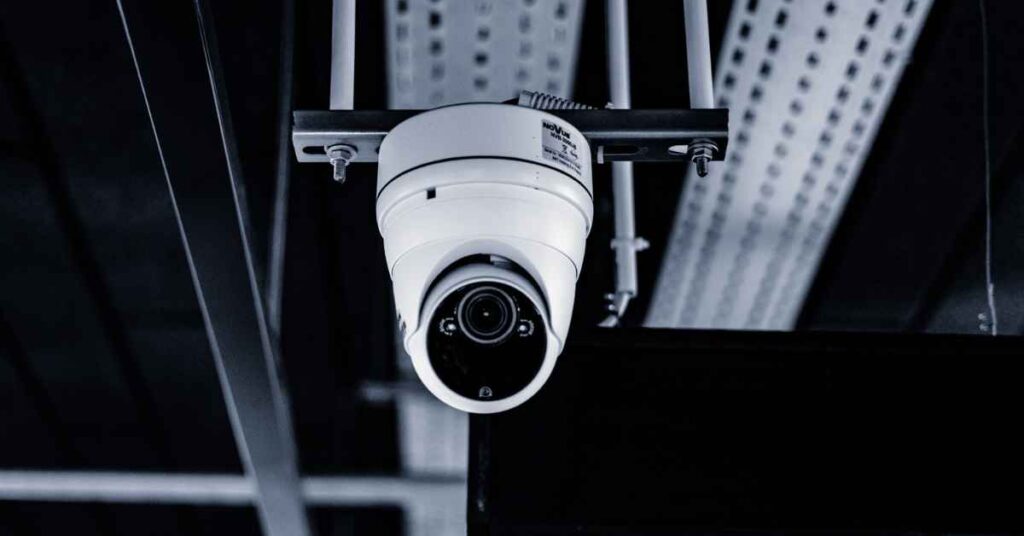Installing a security system is a significant step toward ensuring the safety and security of your home or business. However, many people make common mistakes during the cctv camera installation process that can compromise the effectiveness of the system. In this article, we will discuss some of the most frequent errors made during security system installation and provide tips on how to avoid them.
Incorrect Camera Placement
Blind Spots One of the most common mistakes is placing cameras in locations that do not cover all critical areas. This can create blind spots where potential intruders can enter undetected. To avoid this, conduct a thorough assessment of your property and identify all vulnerable points that need monitoring.
Height and Angle Issues Cameras that are placed too high or at awkward angles can miss important details. Ensure that cameras are installed at optimal heights and angles to capture clear footage. Test the field of view of each camera to make sure it covers the intended area effectively.
Ignoring Lighting Conditions
Insufficient Lighting Poor lighting can severely impact the quality of footage captured by your cameras. Ensure that all monitored areas are well-lit, especially during nighttime. Consider installing additional lighting or using cameras with built-in infrared capabilities for low-light conditions.
Overexposure to Light Conversely, cameras placed directly facing strong light sources like the sun or bright lights can suffer from overexposure, resulting in washed-out images. Position cameras to avoid direct exposure to bright lights, or use cameras with wide dynamic range (WDR) technology to balance the light in the footage.
Inadequate Coverage and Redundancy
Single Point of Failure Relying on a single camera to monitor a critical area can be risky. If that camera fails, the area will be unmonitored. To mitigate this risk, use multiple cameras to cover essential zones. Overlapping fields of view can provide redundancy and ensure continuous coverage.
Limited Camera Range Ensure that the cameras you choose have the necessary range to cover the intended areas. Cameras with limited range might not capture distant activities effectively. Verify the specifications of each camera and match them with the requirements of your property.
Skipping Regular Maintenance
Neglecting System Updates Failing to update your security system’s software and firmware can leave it vulnerable to new security threats. Regularly check for updates from the manufacturer and apply them to keep your system secure and functioning optimally.
Ignoring Physical Maintenance Regularly clean camera lenses, check for signs of wear and tear on cables, and ensure that all components are securely mounted. Neglecting physical maintenance can lead to degraded performance and potential system failures.
Poor Power Management
Unreliable Power Sources Using unreliable power sources can lead to frequent system outages. Ensure that all components of your security system are connected to stable power sources. Consider using uninterruptible power supplies (UPS) to keep your system running during power outages.
Battery Issues For wireless systems, monitor battery levels regularly and replace batteries as needed. Low or dead batteries can render your security system useless. Use high-quality batteries with long life spans to minimize maintenance frequency.
Inadequate Network Security
Weak Passwords Using weak or default passwords for your security system can make it an easy target for hackers. Always use strong, unique passwords for all system components, including cameras, DVRs, and NVRs. Change passwords regularly to enhance security.
Unsecured Networks Connecting your security system to an unsecured network can expose it to cyber threats. Ensure that your home or business network is secure by using strong passwords, enabling encryption, and keeping your network firmware updated.
Conclusion
Installing a security system requires careful planning and attention to detail to ensure its effectiveness. By avoiding common mistakes such as incorrect camera placement, ignoring lighting conditions, inadequate coverage, skipping maintenance, poor power management, and inadequate network security, you can enhance the reliability and performance of your system. Regular assessments and updates, combined with proper installation practices, will help you create a robust security setup that protects your property and provides peace of mind.



